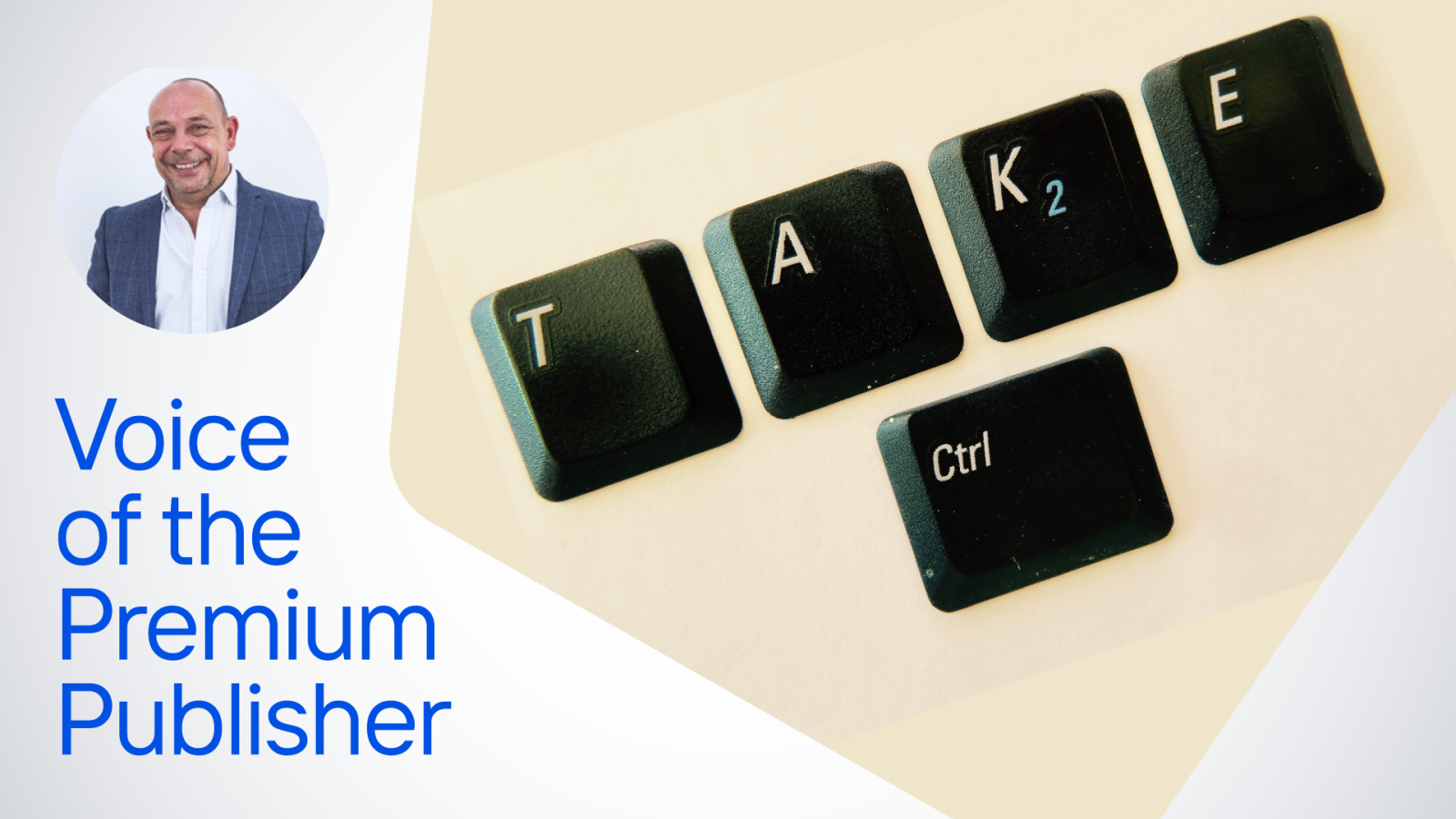
Publishers must stop being led by technology, and start taking charge
Published: 08 Mar 2022
The continuous and rapid technological changes across the digital media landscape have resulted in many publishers feeling like they are constantly playing catch up. In response to rising data regulations, changing consumer habits, and elevated expectations around ethical and diverse practices, we have seen industry tools and processes rapidly evolve over the past two years. But it doesn’t follow that publishing innovation has to be purely reactive to these updates.
In our latest research, we aimed to explore how publishers are feeling about — and reacting to — the increased pace of change. The AOP ‘Meeting the Future’ report gives a snapshot of an industry that is far from behind the curve. Not only do publishers recognise the importance of addressing today’s key challenges such as the loss of third-party cookies, variable media trust and sustainable monetisation, but they also understand the steps needed to thrive in tomorrow’s digital ecosystem.
Now, the key focus is translating this awareness into proactive, collective action. Or in other words: taking the lead on harnessing technology-driven advances, instead of being led by them.
Never take your foot off the pedal
While staying primed for unpredictable change isn’t always easy, the industry has gained useful lessons from past disruption, such as the growth of social media a decade ago. Although the initial explosion of social media left publishers unsure how to tackle the mass ‘diversion’ of advertising spend — especially to platforms subject to fewer checks and costs — they have since found new ways to stay competitive, by innovating and honing alternative revenue drivers.
Today, I’m pleased to say the resulting focus on diversification and looking beyond ad revenue alone remains strong; with creating new streams through product innovation ranking top in publishers’ priorities. Additionally, it’s encouraging to see more than half (55%) of publishers setting their sights on subscriptions as a major growth driver in the next few years, and 31% aiming to tap emerging opportunities in audio and ecommerce, while just 20% are still looking largely to digital advertising. But the need for adaptation is never done.
As third-party cookie deprecation looms, publishers are broadly optimistic about their preparations, ranking their confidence levels at 6.5 out of 10. Publishers eager to keep their competitive edge will need to focus on laying the foundations for future success. This includes regularly assessing their toolkits to ensure they are fit for purpose and nurturing direct audience relationships to enhance stores of valuable owned insight. When asked specifically about collaboration with other publishers in the wake of cookie demise, publishers said they are either already collaborating on alternative data initiatives (20%), discussing collaborating (16%), or are open to the possibility of collaboration (40%).
You can download the full ‘Meeting the Future’ report here for further insights.
Standing up for publisher rights
Alongside remaining ready to adapt and update their strategic approaches, it’s crucial for publishers to assess areas that could become vulnerable, particularly as they integrate more third-party technologies and partners. If you’ve read my previous blog, you’ll be familiar with our concerns over site trespassing and data siphoning.
While challenges with web crawlers aren’t new, the AOP remains committed to fuelling and continuing discussions about how to resolve the situation. After all, unauthorised use of meta data and article text is an infringement of intellectual property (IP) for publishers that puts their livelihoods at risk. Too frequently, IP gathered for brand safety analytics is being used by ad tech intermediaries for purposes outside of licensing agreements, such as building contextual advertising segments that rival publishers’ ad offerings. In this instance, activity is comparable to agreeing a deal to buy apples but using them to plant an orchard right next to the farm.
Addressing this challenge requires more cooperation from the buy-side, but there are steps publishers can take to protect their assets. For instance, conversations across AOP members have centred on applying tighter scrutiny and controls when entering relationships with intermediaries, alongside ensuring media companies have the means to effectively enforce the terms of licensing agreements.
Embracing shared problem-solving
At the AOP, we firmly believe individual action needs support from leading forces. This is a big part of why we’ve been involved in efforts to help reduce the confusion created by complex advertising mechanisms. Just last month, I was delighted to share the first output of work by the Cross Industry Programmatic Taskforce on improving financial audit transparency. By introducing three new components — the audit permission letter (APL), data fields list (DFL) and principles — the joint initiative will make it much easier to conduct financial audits of programmatic supply chains, and publishers now must choose to work with responsible partners who have embraced these tools.
Over the next few weeks, we’re due to start consultation with the Internet Adverting Bureau (IAB) on its Transparency and Consent Framework (TCF). Following the European Union ruling of non-GDPR-compliance, deeper consideration is needed. While data authorities don’t object to the concept of building a standard that enables efficient monetisation by providing ways to share and use compliant data along the chain, there is a requirement for key architects to play their part in determining how tools can be accountable and retain their integrity. The AOP is looking forward to collaborating with the IAB and helping it better understand what compliance checks are in place for publishers and move ahead, as well as facilitating further discussions with Google around its latest Privacy Sandbox proposals and what they mean for media companies. Watch this space for updates.
Accepting accountability and bringing viewpoints together are critical to keep the industry flourishing. In an increasingly digital world, every business will come up against challenges that call for collaborative thinking and solutions. What’s most vital, however, is that we don’t look at technological innovation as a game of wait and see. Where there will always be new tools emerging, publishers have the capacity to take the lead on technology advances on multiple fronts; including harnessing the new opportunities they offer and setting responsible setups for fostering the fair, open and productive online environment we all want to see.
Categories: AOP News | Voice of the Premium Publisher
